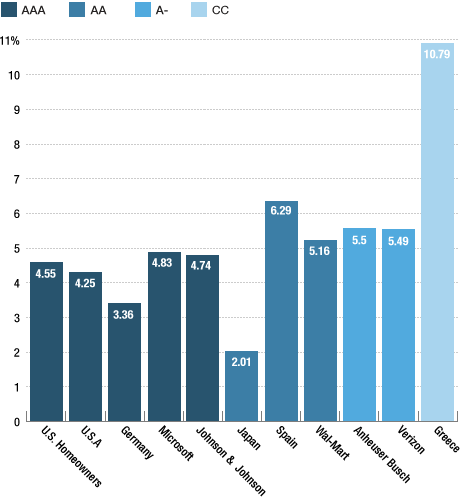Jeremy Schwartz, CFA, Executive Vice President, Global Head of Research
On a recent episode of the “Behind the Markets” podcast, Liqian Ren and I were joined by Chad Liu, the founder of Prudence Investment Management and a Wharton graduate, and Dali Yang, a professor of political science at the University of Chicago. Liu is focused on fixed income and credit markets in Asia, and Yang’s participation was timely given the recent news regarding U.S. trade negotiations with China.

Asian Credit
Liu moved back to Asia in 2006 when the Asian credit market was still relatively young. If you attended a road show for the issuance of a high-yield bond in Hong Kong back then, there would be two tables of investors. Today, here may be around 10 to 15 tables of investors eager to learn more about the issue.
There is now over $1 trillion of U.S. dollar-denominated bonds in the Asian credit market, and the growing prevalence is making investors more comfortable with this area of the market.
China’s on-shore bond market previously was unavailable to global investors, but it is now opening up. Compared with the $1 trillion of dollar-denominated bonds, there is also $12 trillion worth of Chinese yuan-denominated bonds to pick from, while the credit component is $2.5 trillion to $3 trillion.
The JPMorgan Asia Credit Index has 60% exposure to China, and this large allocation is one of the concerns that investors have similarly for equities. Earlier this year, MSCI and other benchmark providers start adding more Chinese A-shares equities to their indexes.
Comparing Asia and the U.S., Liu said that one key characteristic of Asian high-yield bonds is that their duration tends to be one-third to half as long as a typical high-yield issue in the U.S., while the yield spread is more significant.
There are many idiosyncrasies in the Asian bond market, and two companies with very similar business and operating profiles can trade very differently due to fears about refinancing risk, which creates an opportunity for managers to add value in their client portfolios.
Chinese Political Economy
Yang’s work focuses on the interworking of the Chinese economy, businesses and the government. For example, he has focused on the restructuring of the financial system, which was practically insolvent in the early 2000s due to bad loans at many of the state-owned enterprises. But the state then recapitalized the system and implemented many of its own controls. At the same time, it started to liberalize the financial system and create room for entirely private companies in the financial markets.
When the government experienced its financial difficulties in the 1990s, it became a vicious cycle, and that hurt Chinese banks significantly. But there was a more favorable cycle afterward, when China joined the World Trade Organization (WTO), liberalized its financial markets and introduced new financing sources.
Yang discussed the interplay between a continued process of liberating markets while maintaining control by regulators and the state.
Trade Saga
Yang described the current trade dispute as equal parts commercial negotiation and political negotiation, and he classified the U.S. attempt at applying maximum pressure on China to get a deal done as political brinkmanship.
Chinese leadership is playing for time, and while China is willing to agree because many reforms are in line, the state does not want to be perceived as caving to U.S. demands.
Yang compared the situation to when the country was joining the WTO, as it was a very close call whether China would agree to demands from other nations.
Ren pointed out that she was in college when China joined the WTO, and the big debate was whether the U.S. would prevent China from joining. One thing not often mentioned is that China had to change its laws in order to join the WTO, and that also is one of the current roadblocks in the trade debate. Although there is a precedent for China to change its laws, it is hard for China to maintain the perception of authority and resilience if it must acquiesce. This was a very interesting and topical discussion on both Asian credit and the current geopolitical landscape. To listen to the full conversation, please follow the link below.
Versions of this article first appeared on the WisdomTree blog on May 24.
Photo Credit: Colin Capelle via Flickr Creative Commons
Disclosure: Certain of the information contained in this article is based upon forward-looking statements, information and opinions, including descriptions of anticipated market changes and expectations of future activity. WisdomTree believes that such statements, information, and opinions are based upon reasonable estimates and assumptions. However, forward-looking statements, information and opinions are inherently uncertain and actual events or results may differ materially from those reflected in the forward-looking statements. Therefore, undue reliance should not be placed on such forward-looking statements, information and opinions.



